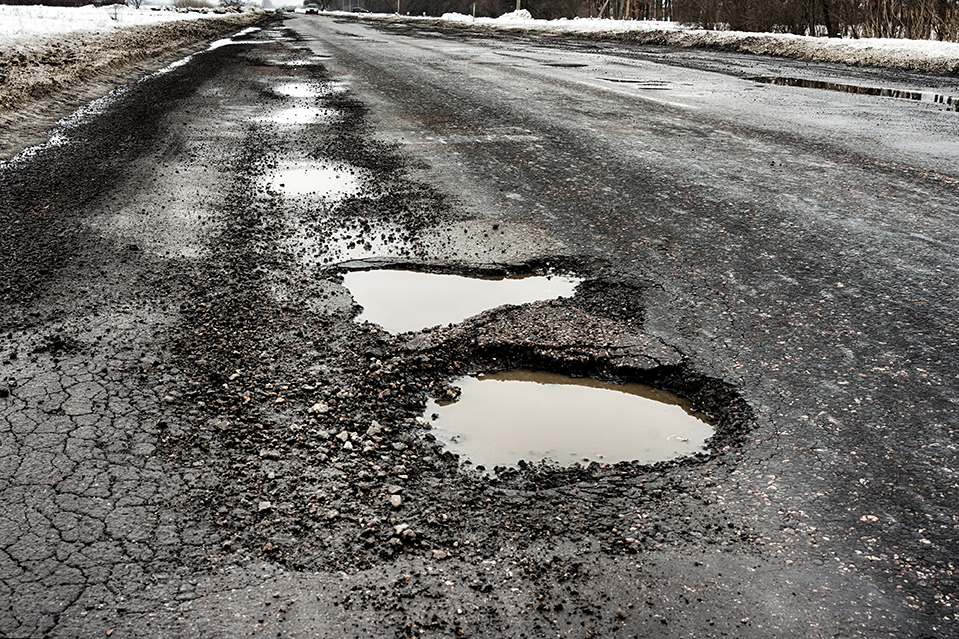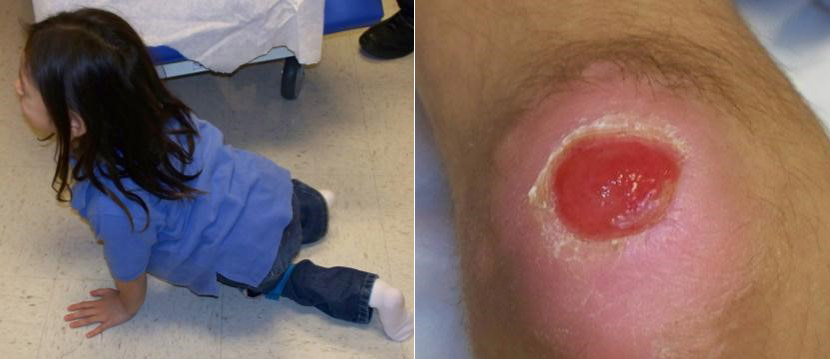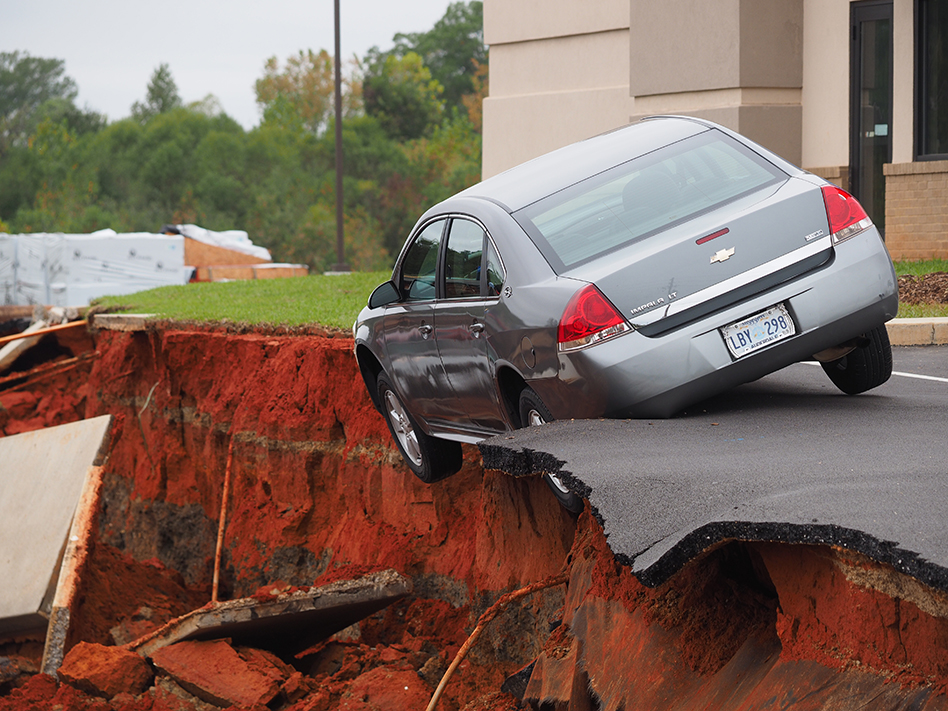In 2016, The National Pressure Ulcer Advisory Panel (NPUAP) changed their staging system. I am not talking about changing the term “ulcer” to “injury.” I am talking about changing the definitions of stages 2, 3 and 4. This is a big deal, and yet I’ve heard very little discussion about it. You can read the definitions here.
I am not sure everyone has realized this. The NPUAP staging system was already a mess for a host of reasons, so it really could not be made much worse – but this IS worse. For any “staging” system to be useful, it should have some ability to predict outcome. According to the new definition, Stage 3 ulcers now extend from a blister to the subcutaneous fat. The problem with this new concept is that it doesn’t make sense pathophysiologically in terms of how pressure ulcers/injuries FORM.
A Stage 2 is a partial thickness boo boo (remember, we can’t say “ulcer” and it’s really hard to use the word “injury” when talking about an open sore). According to the definition on the NPUAP website, it has exposed dermis only.
A Stage 2 Booboo CAN have:
- EXPOSED DERMIS ONLY
- intact serum-filled blister
- ruptured blister
A Stage 2 Booboo can NOT have:
- granulation tissue
- fat
- slough
- eschar
- moisture-associated dermatitis
- a medical adhesive-related skin injury
- a skin tear due to trauma
- an abrasion due to trauma
- a skin burn
A stage 3 is a full thickness booboo (remember, we can’t say “ulcer” and it’s really hard to use the word “injury” when talking about an open sore). Here’s the way it is described on the NPUAP website:
A Stage 3 Booboo CAN have:
- adipose (fat)
- granulation tissue
- slough
- eschar
A Stage 3 Booboo can NOT have:
- fascia
- muscle
- tendon
- ligament
- cartilage
- bone
Whoopsie! Someone needs to tell the NPUAP they forgot to purge the term “ulcer” from the definitions of Stage 3 and Unstageable on their website:

A Stage 4 Booboo CAN have:
- fascia
- muscle
- tendon
- ligament
- cartilage
- bone in the ulcer
- Slough
- eschar

Dang! There it is again! The NPUAP used the term “ulcer.” The mind keeps wanting to do that when referring to an open lesion on the body that requires a dressing to be placed, since no one EVER would call an open sore like that due to pressure an “injury.” But, I digress.
What just happened with the new Staging definitions?
The changes made by the NPUAP in 2016 mean that Stage 2 boo boos have gotten more shallow so that now they are only as deep as a blister. However, these superficial and partial thickness booboo cannot be due to moisture, friction or shear because they can’t be due to incontinence or trauma.
And, remember, if you see granulation, it is a stage 3. Has everyone gotten that memo? This has big implications for Medicare coverage of specialty beds, what dressings can be ordered, etc. I decided to look at this in the US Wound Registry data last year. At the time the query was run, there were 119,456 outpatient visits involving Stage 2 pressure ulcers, of which 57,986 visits (48.5%), were documented as having granulation tissue or slough. So, not everyone has the memo that Stage 2 ulcers are partial thickness boo boos that are only as deep the blister you might get in a pair of new shoes. It means that a lot of ulcers are being staged incorrectly, because I hardly ever seen anything that can absolutely meet the definition of a stage 2 as described above. Stage 3 Booboos have also gotten shallower under the new terminology, because they used to go to the facia. Now they don’t. So, anything deeper than subcutaneous fatty tissue is a stage 4.
Potholes vs. Sinkholes
I bring this up because there is a shallow ulceration that due to moisture, friction and sheer which is akin to a “pothole” in a road (see below).

Here’s one of my favorite patients, a little lady with spina bifida. She would get these erosions on her knees if she forgot to wear her Dora the Explorer knee pads. Those are potholes. In 2015 I would have called those a Stage 2, but now they are a Stage 3.

These problems are quite distinct from the different group of problems that are clearly “sinkholes.” Sinkhole pressure ulcers (now called Stage 4) do not form from the outside to the inside, any more than the car in this photo caused the gaping hole it is about to fall into. The hole opened up from below. (see below).

Here is an example of “pothole” Stage 4 pressure ulcers, which may technically be unstageable right now, but they are down to the bone:

The problem is that as a result of the NPUAP’s terminology change, the “pothole” type ulcer (which used to be called a Stage 2), now includes Stage 3 ulcers. It used to be possible to roughly put the Stage 3 and 4 ulcers into the “inside out” category and stage 2 ulcers into the “outside in” category. As a result of the new definitions, you can’t.
The NPUAP has always acknowledged that their staging system is only meant to describe the depth of tissue damage at the time of the assessment. The problem is that the NPUAP has never been able to offer a hypothesis of how a Stage 4 “pressure injury” ends up as a stage 4 pressure injury if it does NOT go through the stages. I think we are all in agreement that there is no evil Stage 4 Injury Fairy. If there is no Stage 4 Injury Fairy, what does a Stage 4 injury look like the day before it is a stage 4? It can’t be a stage 3 because whether you use the old or the new definitions, unless there is some sort of flesh-eating process, nothing is gnawing away at the tissue base. Most clinicians agree that they may identify an eschar or a wound covered with necrotic material (unstageable) just like the ones in my photo, and when that is cleaned up, the booboo is clearly a Stage 4. So, how did it START?
I can tell you how that process happens (pressure “injuries” due to sinkholes) but I’d rather show you first. Over time I have collected a lot of photos of Deep Tissue Injuries evolving into stage 4 ulcers. Some of them used to be Stage 3 ulcers per the old definitions.
What’s my point?
The new definition of Stage 2 ulcerations excludes most of the ulcers that form due to moisture and friction and includes only ulcerations as shallow as a blister. If ulcers are actually staged this way, there should hardly be any ulcers in this category. “Stage 3 ulcers” now includes a huge group of lesions, some of which are sinkholes and some of which are potholes. That’s a problem in terms of using staging to predict the likelihood of healing.
Most importantly, because Stage 4 ulcers form from the inside out, they are like sinkholes. And if you want to know what they look like when they are forming, you can see it here:
The fact that stage 4 pressure injuries form from the inside to the outside is not a news flash. Clinicians can see this happen. It means that the stage most likely to precede a Stage 4 pressure injury is a Deep Tissue Injury (DTI) – and that’s a BFO – Brilliant Flash of the Obvious.

Dr. Fife is a world renowned wound care physician dedicated to improving patient outcomes through quality driven care. Please visit my blog at CarolineFifeMD.com and my Youtube channel at https://www.youtube.com/c/carolinefifemd/videos
The opinions, comments, and content expressed or implied in my statements are solely my own and do not necessarily reflect the position or views of Intellicure or any of the boards on which I serve.




This is great! Do I have your permission to forward to Tracy (Risk Manager), Charlotte Ferguson (Dir of Quality) and Rachel (director over wound care nurses)?
Thanks,
sherrill
Funny, memorable. You’re a great writer and teacher.